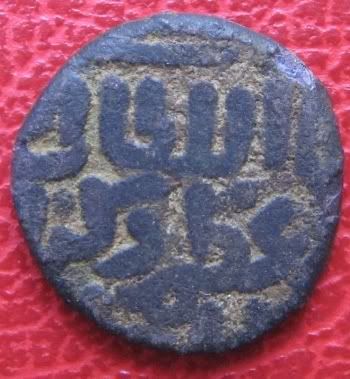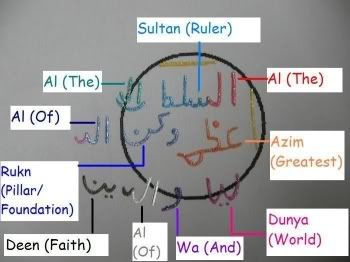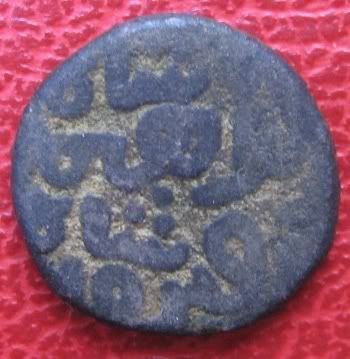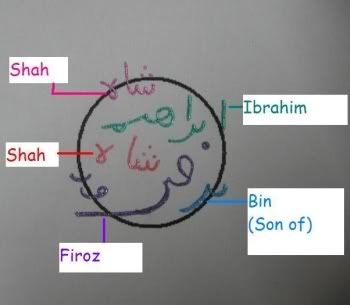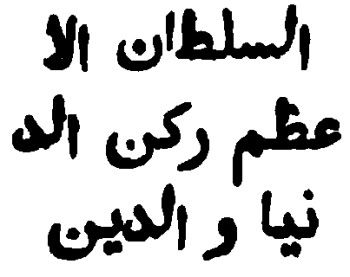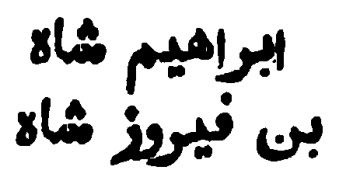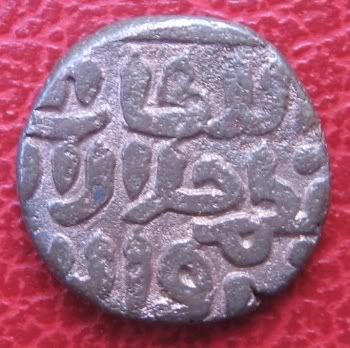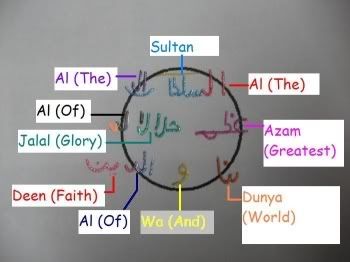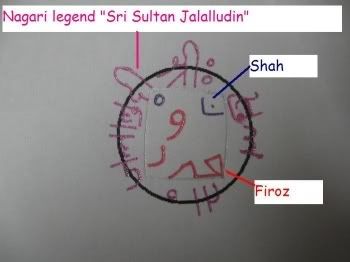Shanshabãnî or Ghorid Dynasty (1149-1206) By the beginning of the 12th century the Shanshabãnî had extended their authority over the other Ghorid chiefs and their power rivaled that of the Ghaznavids on their southern border and the Seljuks on their northern border. Honoring this strength, Malik al-Jibal (meaning "King of the Mountain") laid out the foundations of a great capital city called Firozkoh, which some believe to have been at Jam where a magnificent minaret now stands. Malik Qutubuddin was unable, however, to finish his city for he had a falling out with his brothers (he had seven) and was forced to leave for Ghazni where he was well received and well respected until Sultan Bahram Shah (1118-1152), jealous of his increasing popularity, served him with a glass of poisoned sherbet (1146). His murder led to a relentless enmity between Ghor and Ghazni.
One by one, the brothers left their mountain capital with their armies: the first brother captured Ghazni and afterwards sent his army back to Ghor whereupon the Sultan returned to torture him to death; the second brother died on his way to revenge the new death (1149); the third, Alauddin, defeated the Sultan Bahram Shah in the vicinity of modern Kandahar (1151). The Sultan fell back in retreat upon Ghazni which "Alauddin took by storm, and during seven nights and days fired the place, and burnt it with obstinacy and wantonness. . . During these seven days, the air, from the blackness of the smoke, continued as black as night; and those nights, from the flames raging in the burning city, were lighted up as light as day. During these seven days likewise, rapine, plunder and massacre were carried out with the utmost pertinacity and vindictiveness." (Juzjani). Thus, Alauddin earned the title of Jahãnsûz or "World Burner". Ghazni was, however, occupied by the Seljûks soon after and, later on, by the Guzz Turks. It was only in 1175 that the Ghorids succeeded in reoccupying it.
Ghiyãs-ud-Dîn Muhammad bin Sãm, who succeeded his uncle Alãudd-Dîn Jahãnsûz at Firuz Koh, appointed his younger brother, Shihãb-ud-Dîn Muhammad bin Sãm, as the governor of Ghazni. Shihãb-ud-Dîn (1175-1206) occupied Sindh and Multan, ousted the last Ghaznivid ruler from Lahore, defeated the Chauhãns of Ajmer and the Gahadvalas of Kanauj, and extended his conquests upto the borders of Bengal. His conquests were consolidated mainly by his able general, Qutb-ud-Dîn Aibak. Another general of his, Ikhtiyãr-ud-Dîn Bakhtiyãr Khaljî, ousted the forces of Bengal from Lakhnauti and led an unsuccessful expedition into Assam and Bhutan.
Meanwhile, Shihãb-ud-Dîn had become the king of Ghor on the death of his brother in 1203 and styled himself as Muizz-ud-Dîn Muhammad bin Sãm. He is popularly known as Muhammad Ghori, and regarded as the founder of Muslim rule in India. He was murdered in 1206. There being no children, the empire was divided.
Mahmud, son of Ghiyãs-ud-Dîn Muhammad bin Sãm, succeeded in Ghor. The east passed to various generals who had conducted Mu’iz Muhammad’s campaigns. These generals were purchased slaves, hence the terms “Slave kings" or "Slave dynasty". Ghazna and its environs was ruled by slave general Taj Al-Din Yildiz. Sind was administered by Nasir Al-Din Qubacha, while Delhi went to Qutb Al-Din Aybak. Mahmud, meanwhile, was deposed in 1212 by the Khwarezmshah, ‘Ala Al-Din Muhammad.
Mahmud's coins are scarcer than those of his uncle, and most are rare. On the coins of the type shown below (of Lahore fabric), the Nagari letters follow the models of Sindhi or Punjabi alphabets in the reversal of the lower limb of the "Ha" and the open top of the "Ma".
Obverse Al Sultan Al Azim Mahmud bin Muhammad bin Sam (The Sultan, the Magnificent, Mahmud son of Mumammad bin Sam)
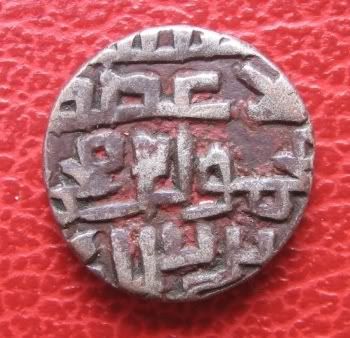
 Reverse
Reverse Horseman to right;
Sri Hamira (Amir) above


